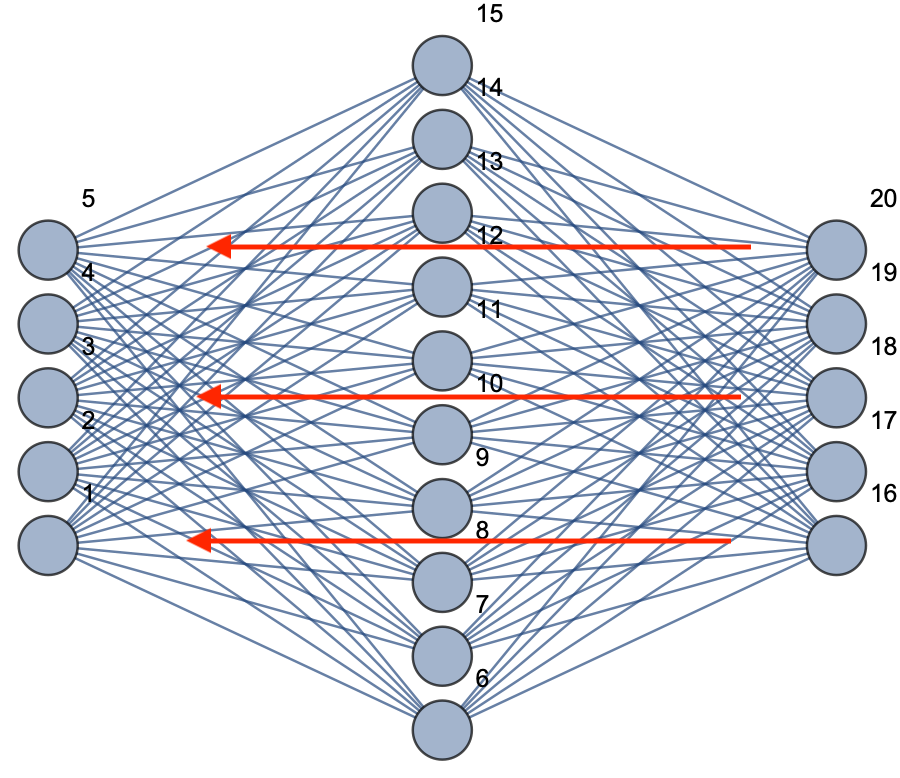RaspberryPis Tensorflow 分布式训练1
为什么 目前自己采购了35块树莓派4core4G用来计算Rosetta@home,等到COVID-2019过去之后,会用这些开发板测试TF项目,因为TF的生态链齐全,所以在工业上会考虑使用TF来做为最终的产品技术使用方案。 未来的趋势会面向边缘计算领域,像自动驾驶,智能家居,家庭医疗辅助系统,农业生产,制造业零部件质量检测,工业机械磨损检测等等,都会考虑到数据的实时接受和传输,还有计算成本,在机器学习上,如果依靠云计算平台,去辅助上述这些项目,那么就需要考虑本地到服务中心的网络,带宽延迟,数据安全性,计算实时性的问题。如果依托边缘计算,采用工业的微控制器,在微控制器上部署模型以及Tensorflow Lite用于模型的推演,在本地解决计算高可用问题,无需将数据传递到公网上,减少带宽的消耗,从而降低计算成本。 Tensorflow aarch64 源码构建 安装依赖 apt-get install libatlas3-base libopenblas-dev libopenblas-base libblas-dev gcc gfortran python3-dev libgfortran5 g++ libhdf5-dev libfreetype-dev build-essential openjdk-11-jdk zip unzip python3-h5py python3-numpy python3-pip sudo pip3 install keras_preprocessing keras_applications 安装 Bazel install-compile-bootstrap-unix bazel 官方未给出arm64架构的二进制文件,所以需要自己手工编译 下载 bazel-2.0.0-dist.zip 运行 EXTRA_BAZEL_ARGS="--host_javabase=@local_jdk//:jdk" bash ./compile.sh 拷贝 output/bazel 到 /usr/local/bin/hazel 编译 Tensorflow Raspberry pi 4B 上安装的系统是Ubuntu 20.04 ARM64架构,Python Version: 3.8,Tensorflow官方未给出对应版本的python whl安装包,所以需要自己手动从源码构建 git clone https://github.com/tensorflow/tensorflow.git git checkout v2.2.0 ./configure 配置选项 编译操作之前需要增加swap分区,4G系统内存编译是完全不够的,建议swap设置6G 最好能够单独增加一块USB3转SATA的移动硬盘用来单独增加SWAP分区 fallocate -l 6G /swapfile chmod 0600 /swapfile mkswap /swapfile swapon /swapfile 执行编译操作 bazel build --config=noaws --config=nogcp --config=nohdfs --config=nonccl --config=monolithic --config=v2 --local_cpu_resources=3 //tensorflow/tools/pip_package:build_pip_package 由于是直接在4核4G的Raspberry pi 上构建,所以需要耐心等待,编译时间大概在 15 - 25 小时之间 ☕️☕️☕️ 编译完成之后执行构建pip安装包 bazel-bin/tensorflow/tools/pip_package/build_pip_package /tmp/tensorflow_pkg tensorflow-2.2.0-cp38-cp38-linux_aarch64.whl 安装包构建完成 最后执行 pip install tensorflow-2.2.0-cp38-cp38-linux_aarch64.whl TF 测试 使用官方的最简MNIST教程中的代码 ...



